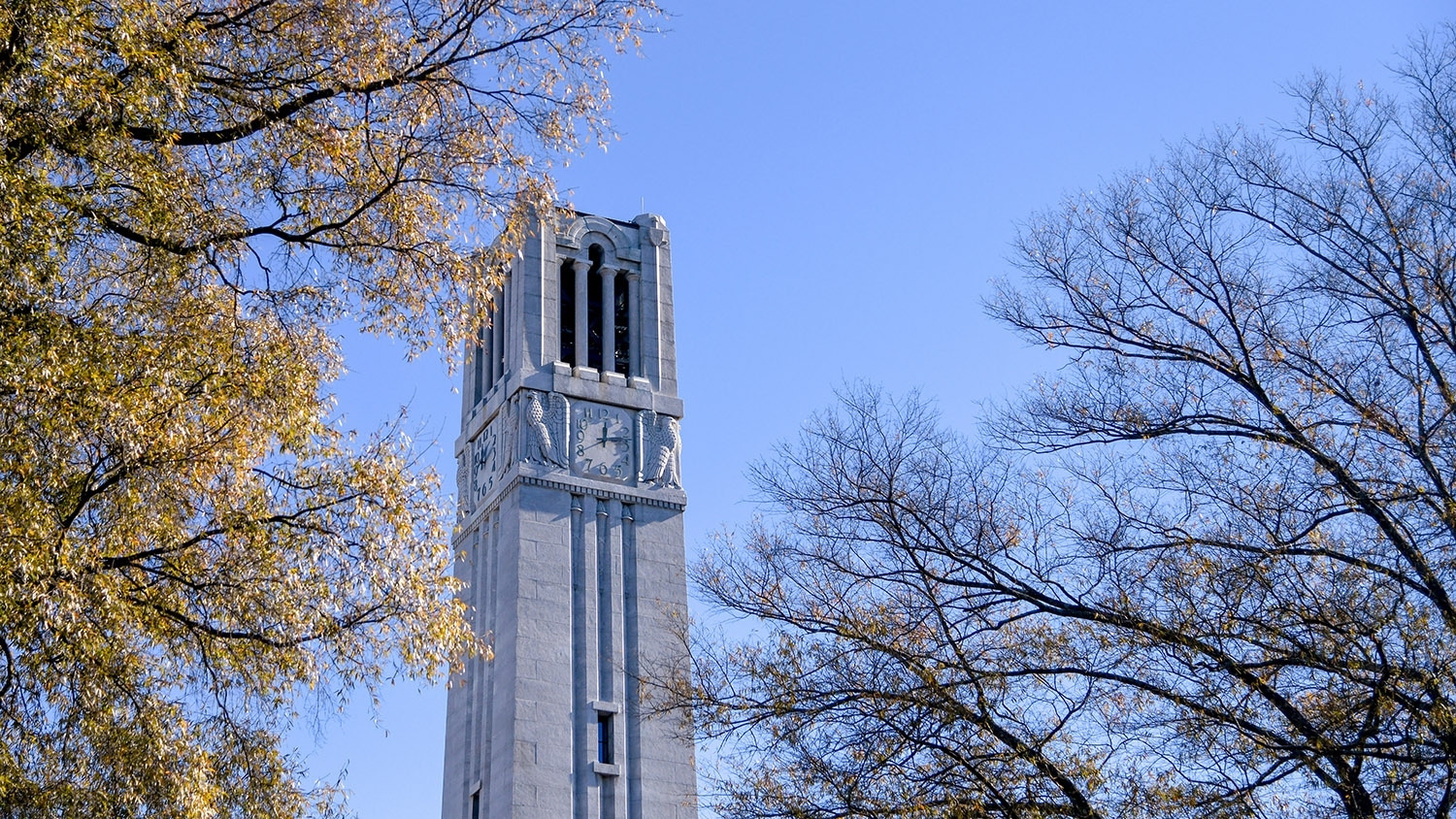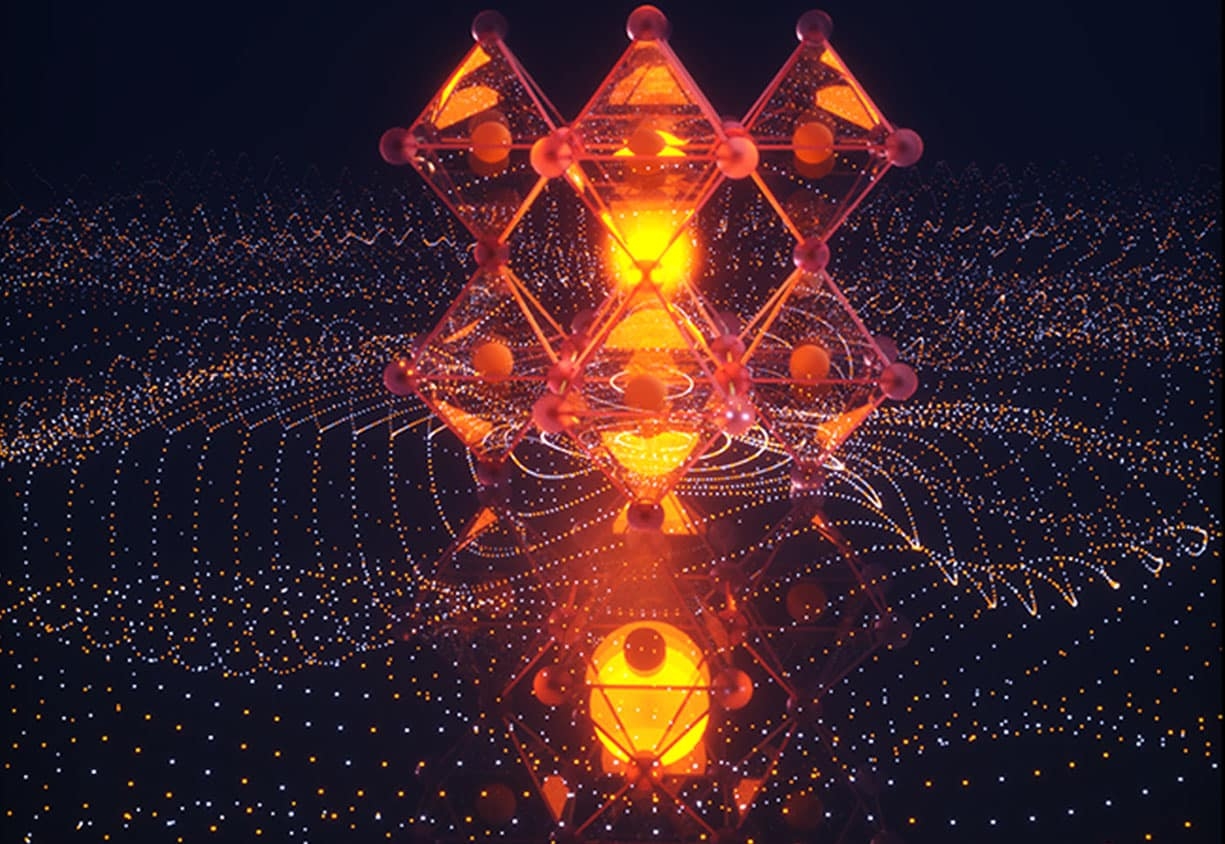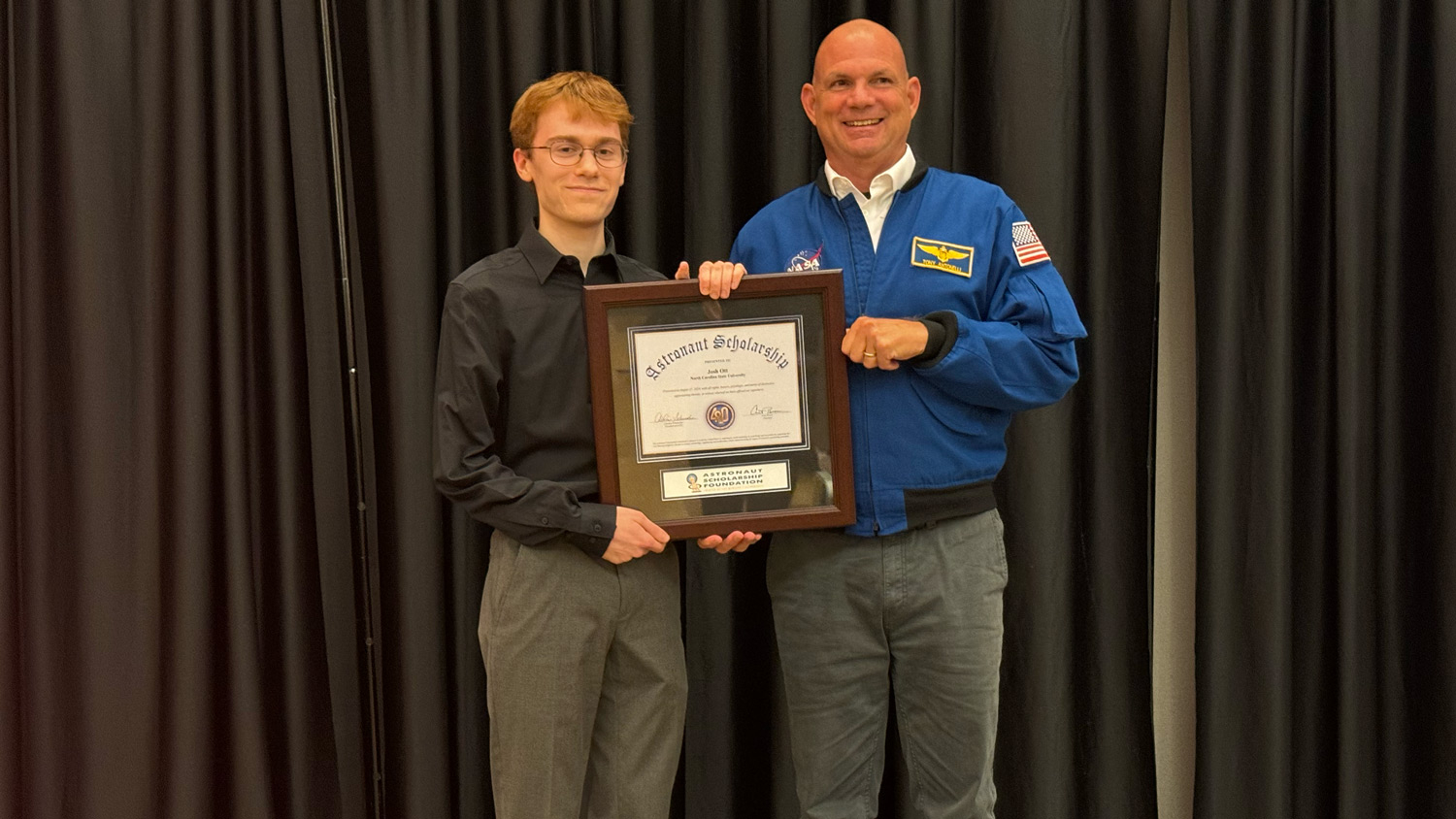Using AI to Solve Fundamental Issues in Nuclear Physics

Solving the nuclear many-body problem is a key challenge in nuclear physics – it deals with understanding the behavior of the protons and neutrons (called nucleons) inside atomic nuclei. These interactions can become extremely complicated as the numbers of nucleons involved increase.
Understanding the behavior of nucleons impacts many branches of physics, ranging from fundamental questions to applied nuclear science. But the numbers and types of calculations required to make accurate predictions about the behavior of nucleons can require massive amounts of computing power.
Enter the STREAMLINE project. STREAMLINE, which stands for SmarT Reduction and Emulation Applying Machine Learning In Nuclear Environments is a multi-institutional collaboration aimed at solving the nuclear many-body problem by using machine learning, or AI.
The Abstract sat down with Sebastian Koenig, assistant professor of physics at NC State and STREAMLINE collaborator, to talk about what the collaborators hope to achieve through this partnership.
The Abstract (TA): The purpose of STREAMLINE is to develop AI that can help answer questions in nuclear physics. What topics will you focus on?
Koenig: STREAMLINE is aligned along AI/ML (machine learning) themes that can address a wide range of open questions in nuclear theory in a transformative way. Among these, I will be focusing on efficient emulators, which are tools that – once trained – can make predictions at a numerical cost greatly reduced compared to exact calculations. Moreover, I will explore and develop novel methods to describe unstable nuclei, i.e., short-lived systems that decay.
TA: How can AI or machine learning help solve these problems?
Koenig: One of the great challenges in nuclear theory is the emergence of extreme complexity out of relatively simple building blocks. This is the reason why a lot of work in nuclear theory requires supercomputing capabilities. AI/ML methods can help tame this complexity by learning the key patterns, thus helping to identify what is essential to ultimately understand from first principles the matter we are all made of, and to make quantitative theoretical predictions about nature.
TA: What applications can come out of this work?
Koenig: By addressing fundamental science questions, STREAMLINE seeks a better understanding of the structure and dynamics of atomic nuclei. This naturally contributes to nuclear science as a whole, which has important applications across society. Moreover, the novel techniques we aim to develop within STREAMLINE will not be limited to just nuclear theory, but can help address related questions in other domains of physics.
TA: Who are your collaborators?
Koenig: STREAMLINE is a collaboration involving a diverse yet cohesive team with members from multiple U.S. universities and national labs. I will be working most closely with researchers at Florida State University and Michigan State University, although I look forward to cross-cutting work with the entire team, and to exchanges at our first annual in-person collaboration meeting.
This post was originally published in NC State News.


